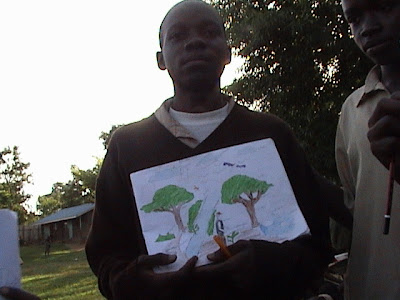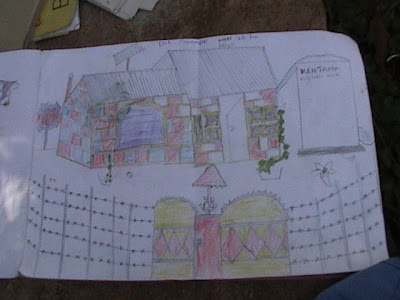The use of adequate materials in conservation awareness is important. It is used as a reference point by both the teacher and student, it act as a study material to everyone and also act as a reminder on the need to conserve. That is why we encourage the use of educational posters as a way of reaching many in the schools, communities and the general public. Many get to see and understand what they are being taught since the posters contain adequate information and real pictures.
There are many posters that are being used in different topical issues in conservation, as a result we still encouraging you to support us so that we can reach many and play part in conservation.
This High school in Kakamega was taught HUMAN WILDLIFE CONFLICT and PRIMATES. The two posters were left for the school for their use and reference point.
The children here were being taught about mammals, and many got a chance to see and identify mammals they had never seen, including the big 5.
The SNAKE Poster was donated to the community in Kakamega, an area prone to snakes. The community was educated on the herpatofauna which they really appreciated.
The forest cobra, a common snake in Kakamega Forest.
The black mamba, a common forest in Kakamega forest.
Through the education of snakes, the community got a better understanding of the snake.
The use of COMMON BIRDS poster is also used in understanding avifauna and conservation.
Using RHINO SPECIES posters, schools and the general public get to understand the various species of rhinos and the need to conserve them.
A poster for the OJOLA PRIMARY SCHOOL ENVIRONMENTAL CLUB that was given to the school so as to encourage them to keep on with their conservation exercises.
A poster for the KIFARU PRIMARY SCHOOL ENVIRONMENTAL CLUB that
was given to the school so as to encourage them to keep on with their
conservation exercises.
By using SOIL poster, everyone gets a deeper understanding of the soil, how to conserve it and what role soil plays in the ecosystem.
 More funs admiring the song, thanks Rashidah.
More funs admiring the song, thanks Rashidah.























































































